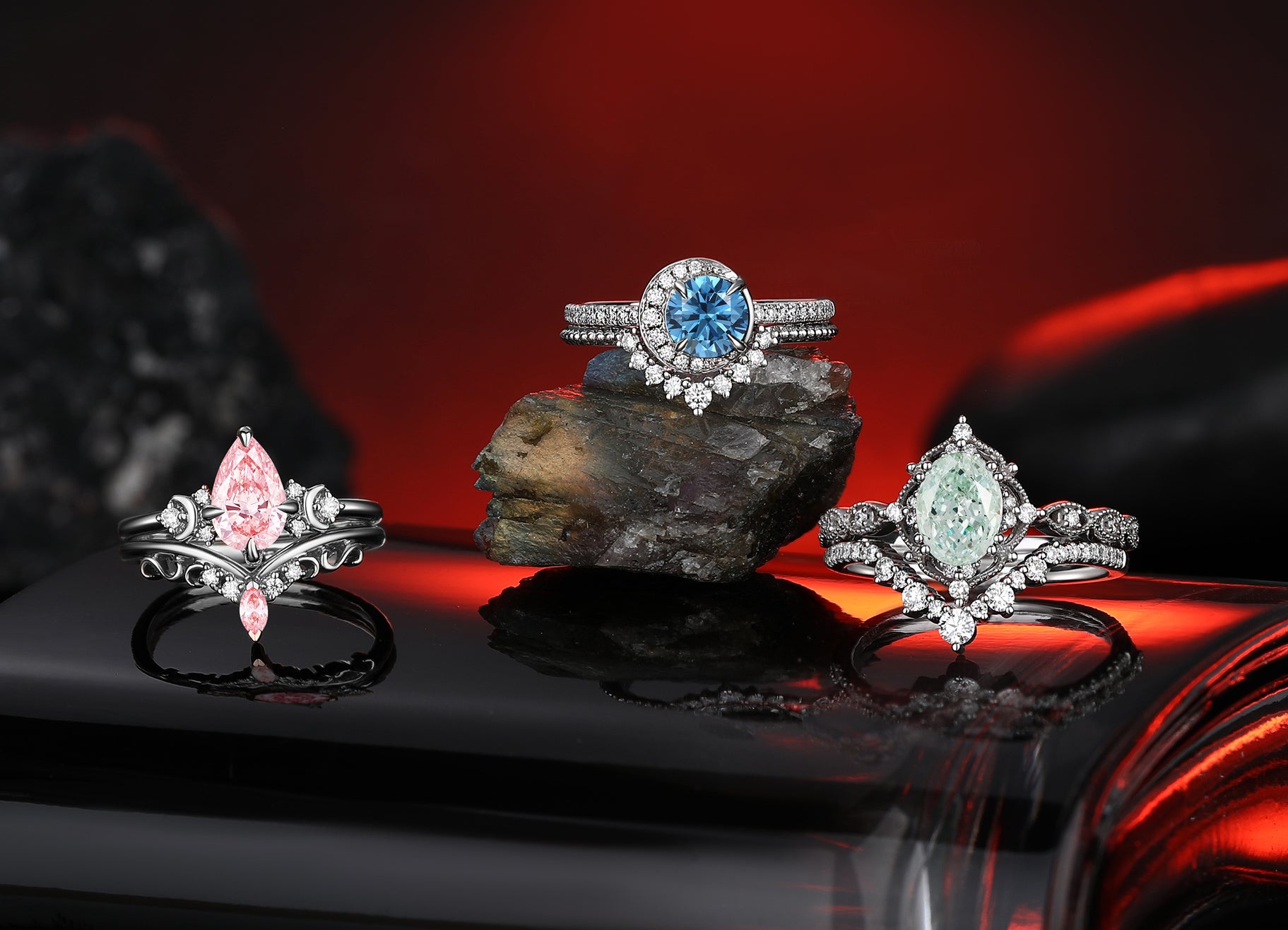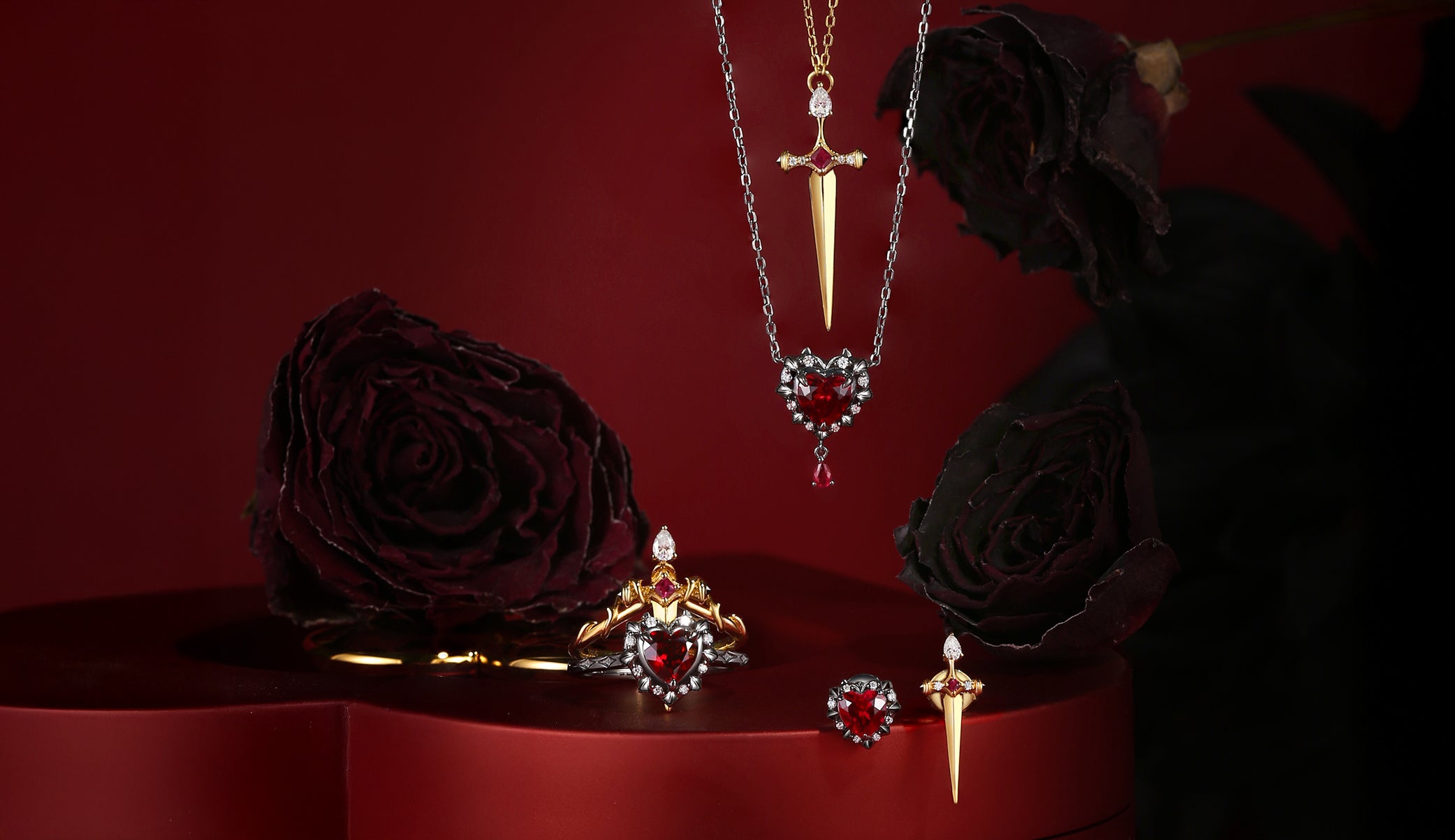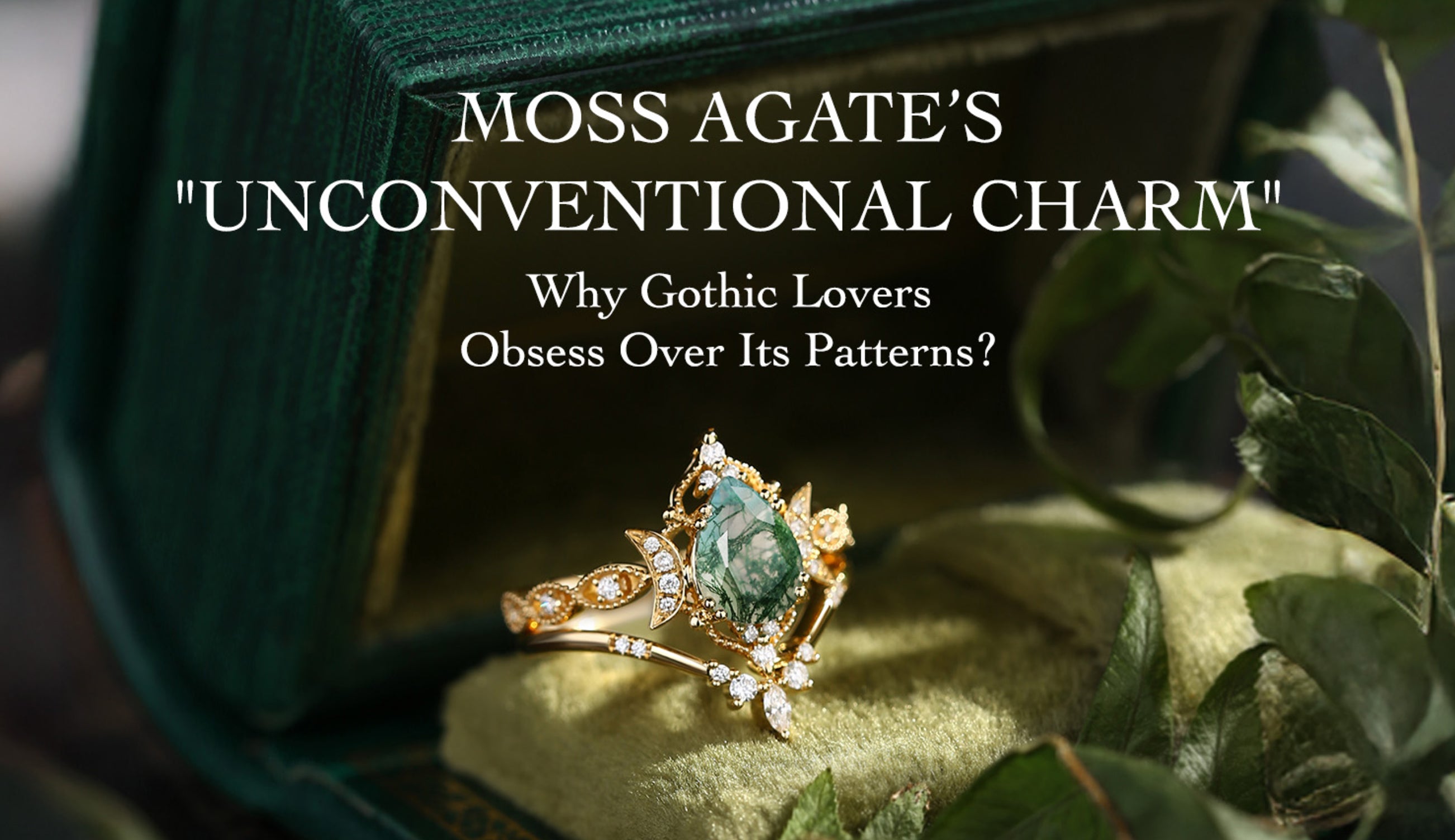Hey everyone! Jimmy here, the proud owner of StarlandUS Boutique.
If you know StarlandUS Boutique, you've probably heard about Alexandrite. This gemstone is a customer favorite because of its mysterious colors. It's like a magnet—once you look at it, you're hooked. Today, we’re diving into the world of Alexandrite. We'll talk about its physical traits, origins, legends, color-changing magic, and what it symbolizes.
What is Alexandrite?
Alexandrite is part of the chrysoberyl family, mainly made of beryllium aluminum oxide (BeAl₂O₄). It was first discovered in the 19th century in Russia’s Ural Mountains. Fun fact: it got its name because it was identified on Tsar Alexander II's birthday.
This gem is super rare and has unique optical properties. High-quality Alexandrite is extremely valuable. You can find it in Russia, Brazil, Sri Lanka, and East Africa.
The Legendary History of Alexandrite
The story of Alexandrite is full of intrigue. It was first discovered in 1830 by Finnish mineralogist Nils Gustaf Nordenskiöld in Russia's Ural Mountains. Miners initially thought it was an emerald. But they realized it was something different when it changed colors under various lights. Shortly after its discovery, it was named "Alexandrite" in honor of Tsar Alexander II's coming-of-age.
Alexandrite quickly became a hit among Russian nobility. It symbolized wealth and nobility. Its unique color-changing feature made it especially popular during Russia’s winter nights, glowing red or purplish-red under candlelight.
Alexandrite's Journey Through Time
Although Alexandrite was discovered in the Ural Mountains, the supply was limited. By the late 19th century, the deposits were almost gone, making it even more rare and valuable.
In the late 20th century, natural Alexandrite was found in other parts of the world. However, the quality and color change varied. Its rarity made it tough to find in jewelry stores.
Thanks to modern technology, scientists created synthetic Alexandrite with the same color-changing properties. These lab-grown gems made Alexandrite more accessible and affordable. Even though they’re synthetic, they still have that magical color shift under different lights.
The Mesmerizing Color Change of Alexandrite

"Emerald by day, ruby by night." That’s how people often describe Alexandrite. Its color change is its most captivating feature.
This effect happens because of chromium (and sometimes vanadium) in the stone. These elements reflect and absorb different lights uniquely.
In natural daylight, Alexandrite looks bluish-green, green, or blue. Daylight is balanced and shows these colors. Under incandescent lamps, it looks red, purplish-red, or reddish-brown because of the lamp’s warm tones. Under fluorescent lights, it may appear green, bluish-green, or yellow-green.
The Symbolism of Alexandrite
Alexandrite stands for adaptability and facing challenges. It symbolizes balance and harmony and is often seen as a good luck charm.
In love, Alexandrite’s color change represents a couple’s ability to adapt and be flexible. It reminds pairs to stay open-minded and grow together during tough times. It also signifies finding common ground, balancing each other’s needs, and achieving mutual understanding and support.
Click here to explore more Alexandrite engagement rings from our StarlandUS boutique; hopefully, you'll find one that captures your heart.
That’s it for today! If you enjoyed our products, don’t forget to subscribe to stay updated on the latest arrivals and discounts.
See ya soon! 😄✨


































